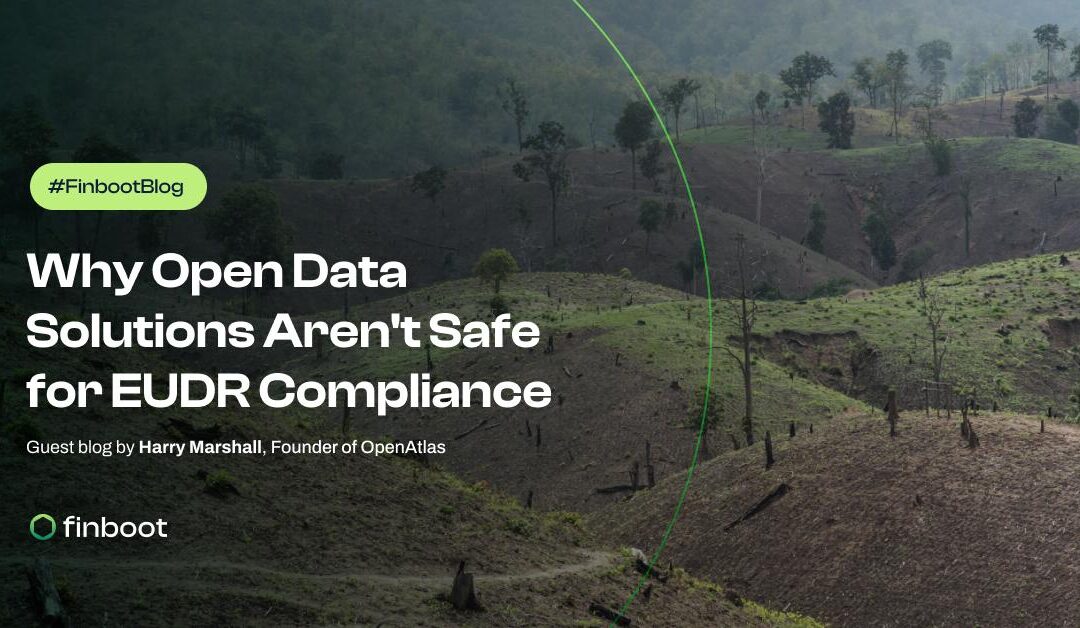In an increasingly interconnected world,where capital knows no borders and opportunity is frequently enough just a currency exchange away,foreign investors are continually on the lookout for the next lucrative frontier. As global markets evolve and local economies adapt, certain regions and sectors emerge as shining beacons of potential. From vibrant tech hubs too burgeoning agricultural markets, these hotspots offer not only promises of high returns but also unique challenges and considerations.In this article, we will explore some of the most exciting destinations for foreign investment, examining the factors that make them attractive, the risks involved, and the stories behind their rise to prominence. Whether you are an experienced investor or a curious newcomer,join us as we navigate the dynamic landscape of global investment opportunities.
Unlocking Potential in Emerging Markets
Emerging markets are often characterized by their dynamic economies, youthful populations, and increasing consumer demand, making them fertile grounds for foreign investors. To tap into these markets, investors should consider key factors such as local regulatory environments, infrastructure progress, and technological adoption. **Countries like Vietnam, india, and Nigeria** are rapidly growing and offer unique opportunities ranging from **manufacturing** and **technology services** to **agriculture** and **renewable energy**. By aligning investment strategies with local trends, foreign investors can leverage these sectors to maximize their returns.
Understanding the socio-economic landscape is crucial for success in these regions. **Market research** and **cultural insights** can provide a competitive edge, enabling investors to craft strategies that resonate with local consumers. Countries may vary significantly in terms of stability and growth potential, so a detailed analysis should include:
| Country | Key Sector | Growth Rate |
|---|---|---|
| Vietnam | Manufacturing | 6.8% |
| India | Technology | 7.5% |
| Nigeria | Agriculture | 5.6% |
Investors should also build relationships with local partners who understand the market intricacies. Engaging with **community leaders** and **industry experts** not only aids in navigating challenges but also opens doors to collaborative ventures. By embracing a flexible approach, foreign investors can effectively unlock the potential these emerging markets offer, transforming challenges into lucrative opportunities.

Navigating Regulatory Landscapes for Seamless Investment
As foreign investors set their sights on emerging markets, understanding the regulatory intricacies is crucial for accessing potential growth opportunities. Each country presents its unique set of rules that dictate how investments can be made, and those who succeed will be those who invest the time to navigate through these legal frameworks efficiently.In this context, it’s essential to recognize factors such as local ownership requirements, tax incentives, and industry-specific regulations that can influence investment strategies and outcomes.
To streamline the investment process,foreign investors can utilize various tools and resources to stay updated on regulatory changes. Key strategies include:
- Building local partnerships to leverage market expertise and regulatory knowledge.
- Engaging with legal advisors who specialize in international investment.
- Participating in industry associations that advocate for investor rights and provide updates on regulatory shifts.
Maintaining a proactive approach in understanding regulations can significantly enhance the ability to capitalize on investment hotspots. Below is a concise overview of regulatory environments across key regions:
| Region | Regulatory Environment Rating | Key Considerations |
|---|---|---|
| Asia-Pacific | Moderate | Local partnerships frequently enough required, varying tax frameworks. |
| Latin America | Challenging | Frequent regulatory changes, industry-specific barriers. |
| Europe | Structured | Strong legal protections, but bureaucratic processes may be slow. |
| Africa | Variable | Emerging opportunities, but compliance can be complex. |

Identifying High-growth Sectors and Opportunities
In today’s rapidly evolving economic landscape, discerning which sectors are poised for growth can be a crucial advantage for foreign investors. Key industries are continuously being reshaped by technological advancements, demographic shifts, and geopolitical dynamics. Currently, some of the **most promising sectors** are:
- Renewable Energy – With global efforts to combat climate change, investments in solar, wind, and other renewables are surging.
- Technology and AI – The demand for artificial intelligence, machine learning, and innovative software solutions remains robust.
- Healthcare and Biotechnology – Aging populations and ongoing health crises have spurred interest in new medical technologies and pharmaceuticals.
- eCommerce – As online shopping continues to grow, logistics and supply chain efficiency are critical areas for investment.
Foreign investors looking to capitalize on these trends should also keep an eye on emerging markets, where opportunities can often be found at a fraction of the competition. For instance, countries that are investing in **infrastructure development**, digitalization, and enduring practices are likely to present lucrative prospects. below is a simple overview of some regions that currently showcase these growth opportunities:
| Region | Key Opportunity |
|---|---|
| East Asia | Smart City Initiatives |
| Sub-Saharan Africa | Agritech Innovations |
| Latin America | Renewable Energy Projects |
| India | Digital Financial Services |

Strategies for Sustaining Long-Term Investment Success
To achieve enduring success in investment, foreign investors must adopt adaptable strategies tailored to the evolving economic landscape. One effective approach is **market diversification**, which involves spreading investments across different regions and sectors to mitigate risks. Engaging in thorough **due diligence** is crucial; understanding local regulations, market conditions, and cultural nuances can enhance decision-making. Additionally, forming alliances with local partners can provide valuable insights and facilitate market entry, ultimately paving the way for sustained growth.
Long-term investors should also prioritize **emotional resilience** by maintaining a disciplined investment strategy that withstands market fluctuations.This includes setting realistic expectations and adopting a **value investing mindset**, focusing on fundamentally strong investments that are undervalued. Regularly reviewing and rebalancing portfolios can help investors stay aligned with their objectives. Moreover, leveraging **technology in investment analysis** can enhance decision-making processes, allowing for timely responses to market changes and fostering a proactive investment strategy.
| Strategy | Benefit |
|---|---|
| market Diversification | Mitigates risks across sectors/regions |
| Due Diligence | Improves decision-making |
| Partnerships | Offers local insights |
| Emotional resilience | maintains disciplined approach |
| Value Investing | Focuses on fundamental growth |
| Technology in Analysis | Enhances proactive decision-making |
final Thoughts
As the global investment landscape continues to evolve, the allure of diverse hotspots for foreign investors remains prominent. From the bustling markets of Southeast Asia to the technologically advanced sectors of Northern Europe, opportunities abound for those willing to explore new horizons. Each region presents its own unique blend of potential and risk,inviting investors to weigh their options carefully and consider the long-term implications of their decisions.
In this era of interconnectivity and rapid change, understanding the underlying factors that drive these investment hotspots is crucial.Economic stability, regulatory frameworks, and cultural nuances all play a vital role in shaping the investment climate. As the world becomes more intertwined, foreign investors must stay agile, adapting to shifts and trends that can influence their ventures.
Ultimately, the journey is as significant as the destination. By approaching each opportunity with an open mind and a strategic lens, investors can not only enhance their portfolios but also contribute to the growth and prosperity of the regions they engage with.While challenges may arise, the rewards for those who navigate this dynamic terrain thoughtfully can be significant. The future of foreign investment is bright,and the world’s hotspots await those bold enough to seize the moment.

